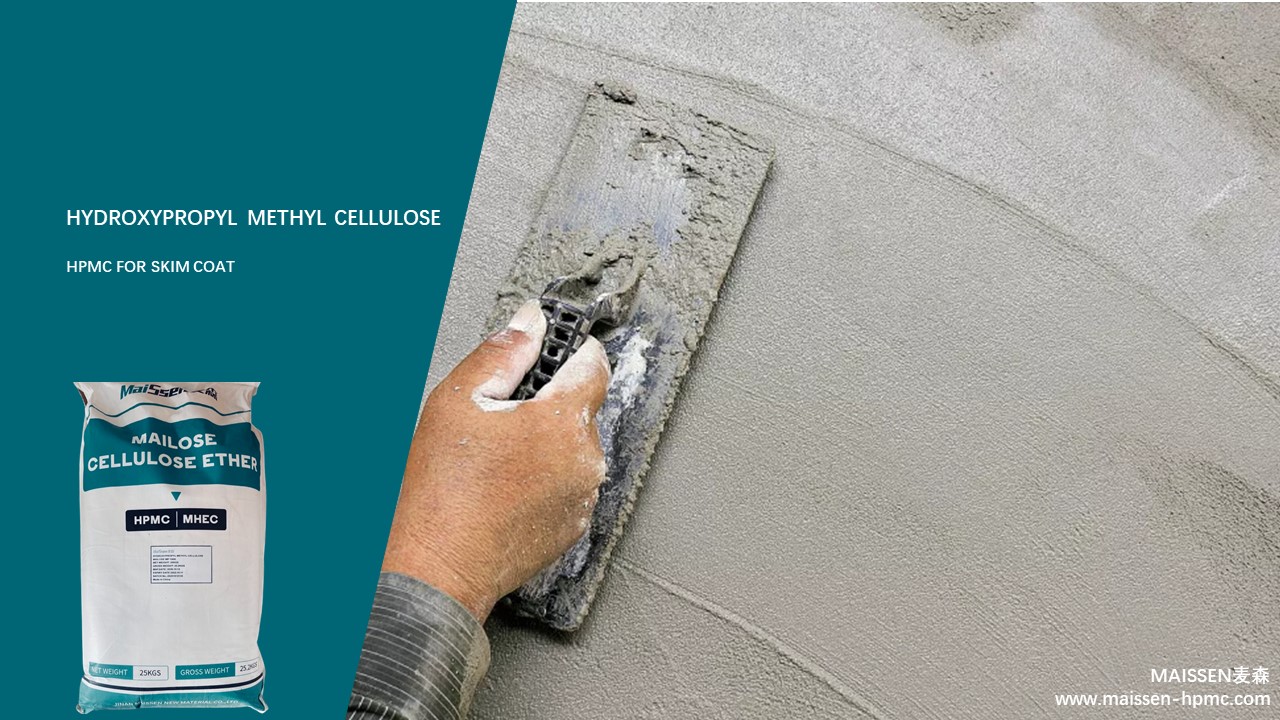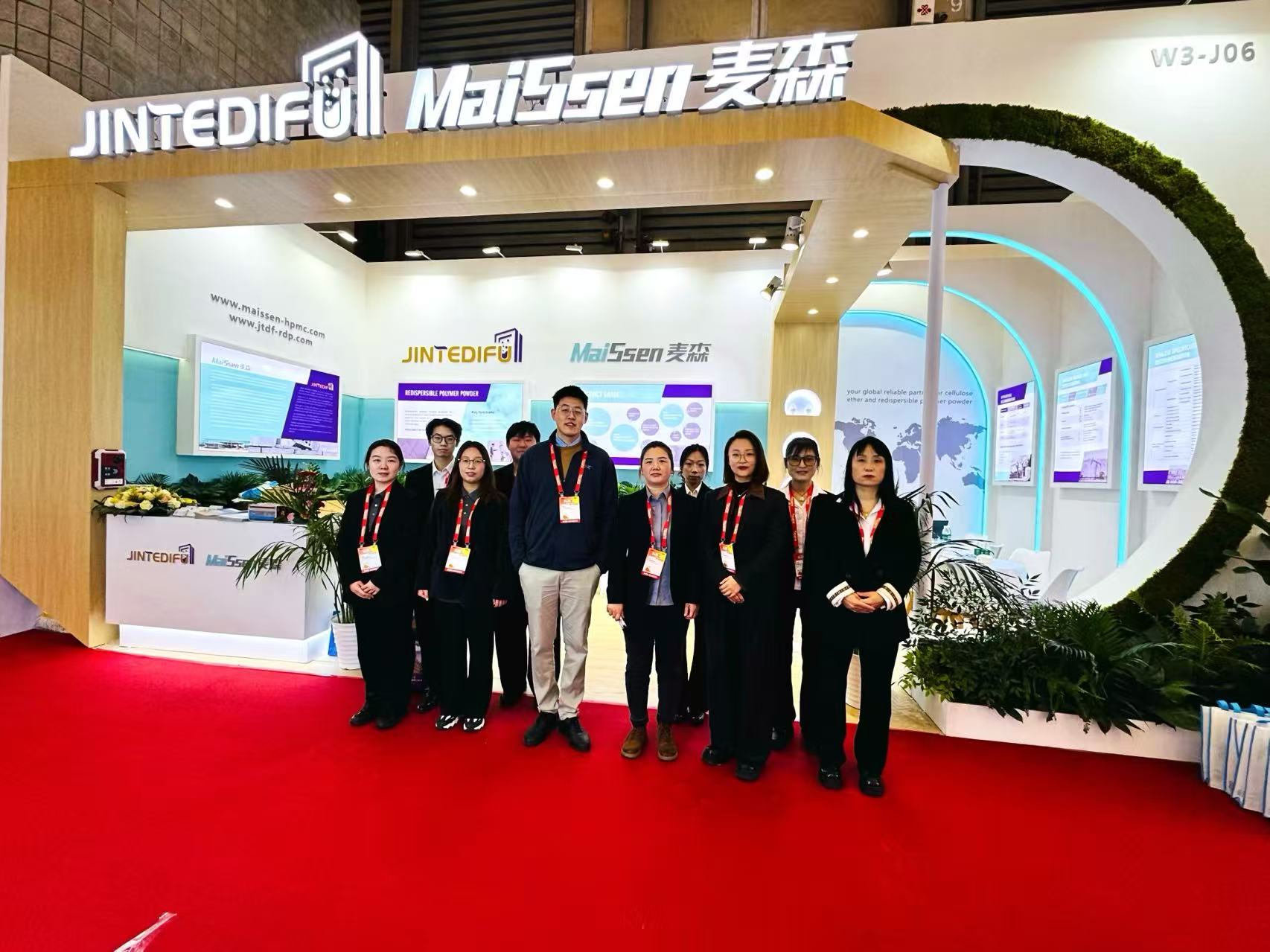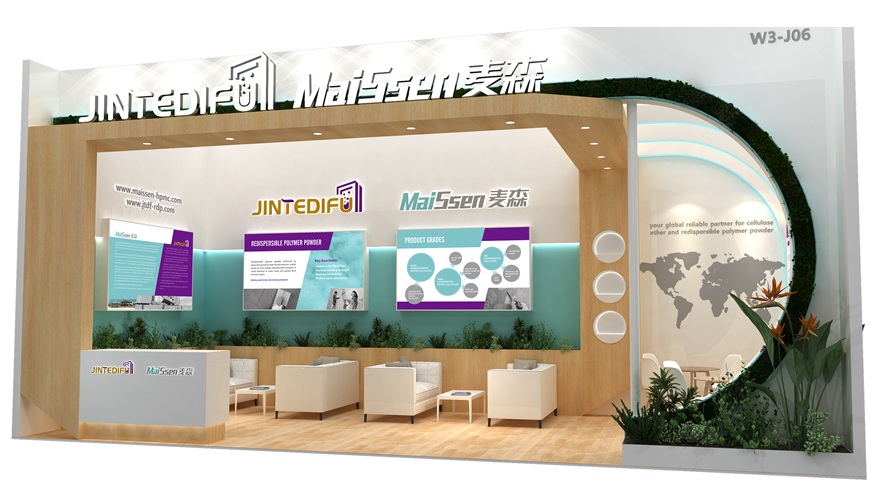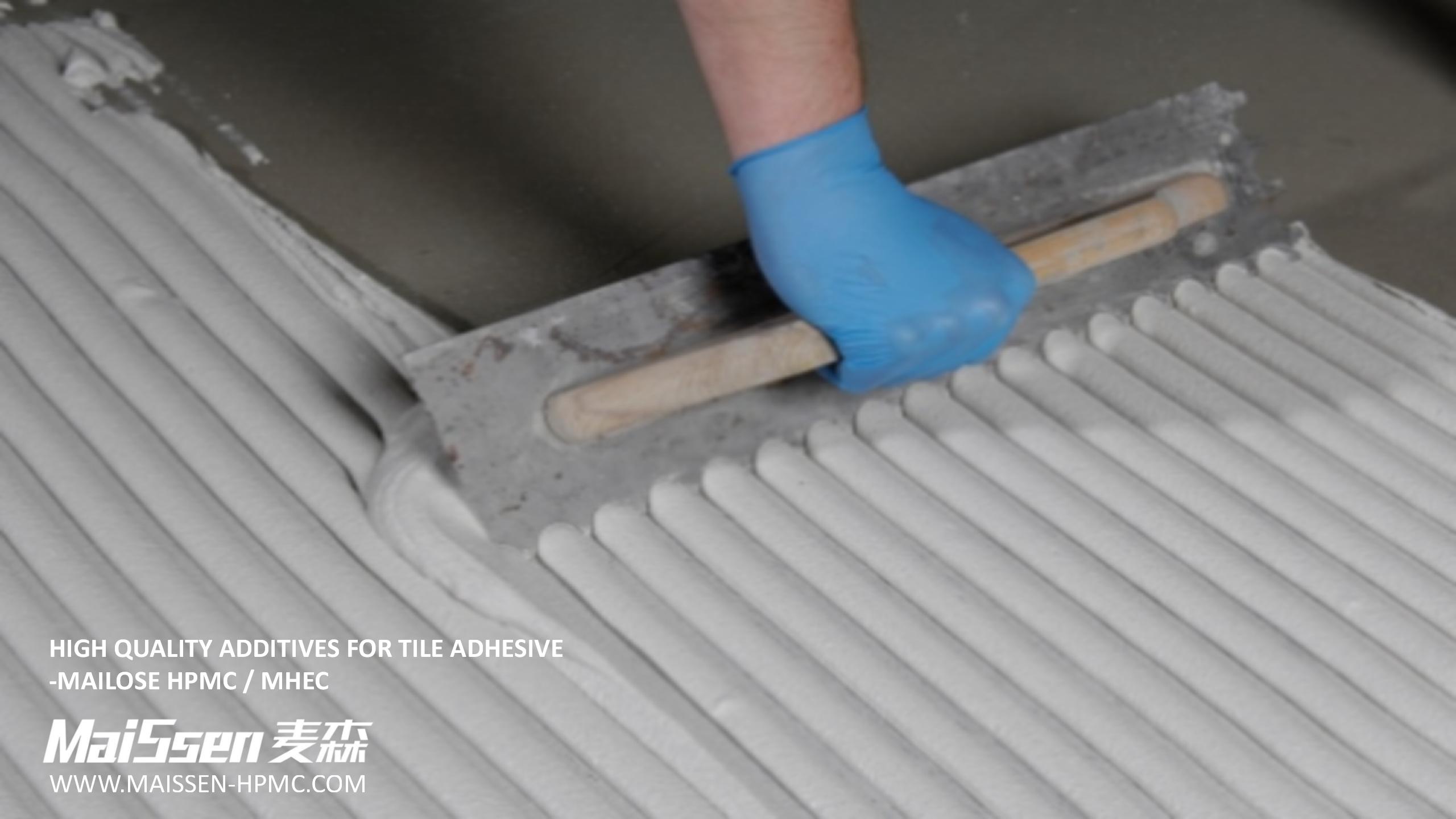A simple method to identify the quality of hydroxypropyl methyl cellulose HPMC.
(1) first look at the whiteness of hydroxypropyl methyl cellulose, the appearance of white color, uniform color, no black spots under the microscope; poor color grayish, more black spots. Look at the shape and fluidity of the particles, cotton as raw material used in long strips, poor fluidity, the use of lignocellulose as raw material particles close to the cubic, good fluidity.
(2) followed by fineness and particle size distribution, the best particle size of hydroxypropyl methyl cellulose is homogeneous, small particle size, granular and liquid; the opposite is not good. Hydroxypropyl methyl cellulose fineness generally has 80 mesh and 100 mesh, 120 mesh below the use, Hebei production of hydroxypropyl methyl cellulose more than 80 mesh, the finer the fineness, generally the better.
(3) transmittance: hydroxypropyl methyl cellulose HPMC into water, the formation of transparent colloid, see its transmittance, the greater the transmittance is better, indicating that the less insoluble material. Vertical reactor is generally good light transmission rate, horizontal reactor is slightly worse, but it does not mean that the quality of the kettle is better than that of the kettle, the quality of the product is determined by many factors.
(4) Specific gravity: the heavier the specific gravity, the better. Than the general, usually because of the high hydroxypropyl content, high hydroxypropyl content, then the water saving is better.

The difference between adulterated hydroxypropyl methyl cellulose (HPMC) and pure propyl methyl cellulose (HPMC)
1. Appearance: pure hydroxypropyl methyl cellulose HPMC appearance fluffy, small bulk density, range: 0.3-0.4g/ml; HPMC hydroxypropyl methyl cellulose adulterated fluidity is better, feel heavier, there are obvious differences in appearance and quality.
2.: pure hydroxypropyl methyl cellulose HPMC powder is fibrous under the microscope or magnification; adulterated hydroxypropyl methyl cellulose HPMC can be observed under the microscope or magnification of granular solid crystals.
3. smell: pure hydroxypropyl methylcellulose HPMC, can not smell ammonia, starch and alcohol; adulterated hydroxypropyl methylcellulose HPMC can smell a variety of flavors, even if it is odorless, it will feel heavier.
4. Hydroxypropyl methyl cellulose HPMC solution clarified pure water solution, high light transmission rate, water retention rate of 97% or more; adulterated hydroxypropyl methyl cellulose HPMC solution turbid, water retention rate is difficult to reach 80%.
Hydroxypropyl methyl cellulose HPMC water retention, identify good and bad.
Water retention of methyl cellulose ether at high temperatures is an important indicator to distinguish the quality of methyl cellulose ether. Factors such as temperature, temperature and air pressure rate affect the evaporation rate of water in cement mortar and gypsum-based products. Therefore, the water retention effect of adding equal amount of HPMC products varies in different seasons. In concrete construction, the water retention effect of the slurry can be adjusted by increasing the amount of HPMC added. Excellent hydroxypropyl methyl cellulose HPMC can effectively solve the problem of high temperature water retention.
High quality cellulose can be uniformly and effectively dispersed in cement mortar and gypsum products, and wrap all the solid particles and form a film wetting, medium water in a considerable period of time gradually released, hydration and inorganic cementitious materials, so to ensure the bond strength and compressive strength of the material. The uniformity of HPMC is very good, methoxy and hydroxypropoxy along the cellulose chain distribution, it can improve the oxygen atom on the hydroxyl and ether bonds and water molecules can form hydrogen bonds, free water bonding thus effectively control the evaporation of water due to high temperatures in the weather, to achieve high water retention.
Therefore, in the summer high temperature construction, in order to achieve the effect of water conservation, should be added in accordance with the formula of sufficient high-quality HPMC products, otherwise there will be insufficient moisture, insufficient strength caused by excessive drying. Quality problems such as reduction, cracking, hollow drum and loss also increase the difficulty of the construction workers. As the temperature decreases, the amount of HPMC can gradually reduce the amount of HPMC can achieve the same water retention effect.
Determination of solubility of hydroxypropyl methyl cellulose HPMC
In the construction industry, hydroxypropyl methylcellulose HPMC is often placed in neutral water, the HPMC products are dissolved separately to determine the dissolution rate. Separated into neutral water, quickly coalesced together, not dispersed products, not surface treatment products; separated into neutral water, can be dispersed non-holding products, is a surface treatment products. When dissolving unmodified HPMC hydroxypropyl methyl cellulose alone, individual particles dissolve quickly and quickly into the film, resulting in water can not enter the other particles, resulting in aggregation, agglomeration, currently on the market is called slow dissolving products.
Surface-treated hydroxypropyl methylcellulose HPMC product particles in neutral water, individual particles can be dispersed without agglomeration, but does not immediately produce product viscosity. After a period of immersion, the chemical structure, surface treatment has been destroyed, water can be dissolved in HPMC particles, while the product particles have been fully dispersed and absorbed enough water, so the product dissolves without clumping and agglomeration. Dispersion speed and dissolution speed depends on the degree of surface treatment, mild surface treatment, relatively slow dispersion speed glue; product surface treatment is deeper, high dispersion speed, slow gluing speed. If the product dissolves rapidly in this state, a small amount of alkali may drip out when dissolved alone. At present, the market is usually referred to as instant products. HPMC products surface treatment is characterized by: in aqueous solution, the particles can disperse each other, in the alkaline state can be quickly dissolved, in the neutral and acidic state slowly dissolved.
Untreated hydroxypropyl methylcellulose HPMC is characterized by the fact that individual particles dissolve quickly in the acidic, alkaline and neutral states, but the particles in the liquid cannot be dispersed from particle to particle, causing clumping and agglomeration. In practical application, the series products are physically dispersed with solid particles such as gum powder, cement, sand, etc. The dissolution speed is very fast and there is no clumping and agglomeration. This series of products should be used with caution when dissolved HPMC products need to be separated and will agglomerate and clump. If the surface treated hydroxypropyl methyl cellulose HPMC products must be dissolved separately, they should be dispersed evenly at 95℃ and then cooled.
In the actual production process, this series of products are often dissolved under alkaline conditions, and other solid particles are dispersed, and their dissolution rate is no different from that of untreated products. It is also applicable to individual dissolved products without lumping and lumping. According to the dissolution degree of construction needs, choose the specific model of the product.
In the construction process, whether it is cement mortar or gypsum slurry, most of them are alkaline system, and the amount of HPMC is very little, it can be evenly dispersed in these particles, and HPMC dissolves quickly when adding water.







